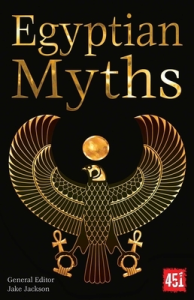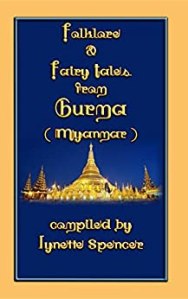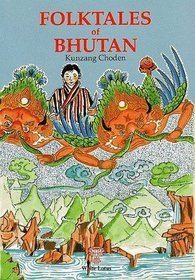Title: Egyptian Myths
Editor: Jake Jackson
Genre: Folktales and Mythology
Trigger Warnings: Death (mentions), injury (mentions), bodily fluids (mentions), racism
Back Cover:
The Myths of Ancient Egypt are tied intimately to the presence and natural rhythms of the Nile. With their animalistic mythology, the Egyptians explained the effects of famine, harvest, floods and death by creating a pantheon of gods that still holds our fascination today. This new book of classic tales brings the stories of the ancients to life, from the birth of creation by Ra, the sun god, to the murder of Osiris, and the revenge of Horus. We gain glimpses of the underworld and the afterlife, as the rulers of Egypt claimed lineage from the Gods both worshipped and fashioned by the people of Egypt, at a time when humankind had begun to shape the world around it.
Review:
I like ancient history. I like mythology. I went through a huge phase as a kid where I was OBSESSED with ancient Egypt, and I still find it fascinating. However, for all my interest in ancient Egyptian culture, lifestyles, clothing, architecture, and cultural artifacts, I don’t know a whole lot about the mythology. So I was excited to read a whole book of Egyptian myths.
I now know why Egyptian mythology isn’t among the more popular ones. Unlike the more well-known mythologies (e.g. Greek, Norse), Egyptian primary sources are less about stories and adventures of gods and heroes and more about spells and lists of godly attributes – at least if this book is a representative sample. Most of this book is rather dull and dry. There are translations of spells and ceremonies from the Book of the Dead and the Pyramid Texts, some autobiographical stories that are mostly lists of cool stuff various kings did and stuff servants of kings did for them, hymns to the gods, and translations of inscriptions detailing how awesome so-and-so king was for doing various conquering. A large portion of it was litanies of praises to various gods, entreaties to various gods, lists of the attributes of various gods, lists of attributes and accomplishments of various kings, and a surprisingly large number of inventories. Historically relevant? Yes. Interesting to read? No.
There were a few narrative stories there, and some of them were quite enjoyable. “The Tale of the Two Brothers” especially is exactly what I would expect out of a folktale, and is my favorite out of the book. But even among the stories, so many of them are bogged down with long lists of godly attributes and extensive praise for gods and kings and such that the interesting bits were few and far between. The book did mention at the beginning that some of the translations are less than literal – if you’re going to take liberties with the translation anyway, why not lean into it and revise it to be more interesting to the modern reader? There were also some spots where editor’s commentary replaced or filled in the gaps of the actual primary source, and the text made very little distinction between that. Sometimes it was obvious (e.g. “three lines are missing here” is obviously not part of the original text), but the fact that it didn’t do italics or brackets or anything to indicate when the editor was speaking instead of the actual work made me feel like I couldn’t trust the translations and gave the whole book a vague air of academic dubiousness.
My biggest problem, though, was that I lost confidence in the authority of this book very early. It started when the book described one group of people as “wealyour.” I thought, Oh, cool, a new vocabulary word! I’ll have to look that up in a minute. Then in the next paragraph, it used the word “woryour” where the word “worthy” was obviously supposed to be. And I suddenly realized that someone must have done a search-and-replace on this document to change “thy” to “your” and didn’t actually bother to read through the manuscript again afterwards. It resulted in such wonderful changes as the goddess Nephthys being renamed “Nephyours.” It was riddled with similar small but obvious issues, like using “flea” instead of “flee” – all stuff a copy editor, or even just a final read-through, should have caught.
I don’t have a problem with the actual content of the book as much. Is it a little dull to me, a person with a childhood interest but definitely no interest in serious Egyptology? Yeah, it is. But it’s not the primary sources’ fault they fail to keep the interest of the modern casual reader. If you’re not interested in spells to avoid snake bites in the afterlife, it’s fine to skim those. But despite looking professional (and being part of a whole series on various world mythologies), I find myself unable to trust that this book is true to the source material, and there are obvious mistakes in the text that make it feel like a poorly-researched, poorly-edited self-published book. I have no idea how accurate or trustworthy this book is, but it gave me the sense of being neither. If you are really interested in the finer details of Egyptian mythology, literature, and ritual practice, maybe choose a different book.






